Triumph Thruxton R review, test ride
The new Thruxton R looks like a cross between a classic café racer and a modern sportbike. But does it really offer the best of both worlds? We find out…
Published on Mar 14, 2016 09:45:00 AM
28,024 Views
Follow us on


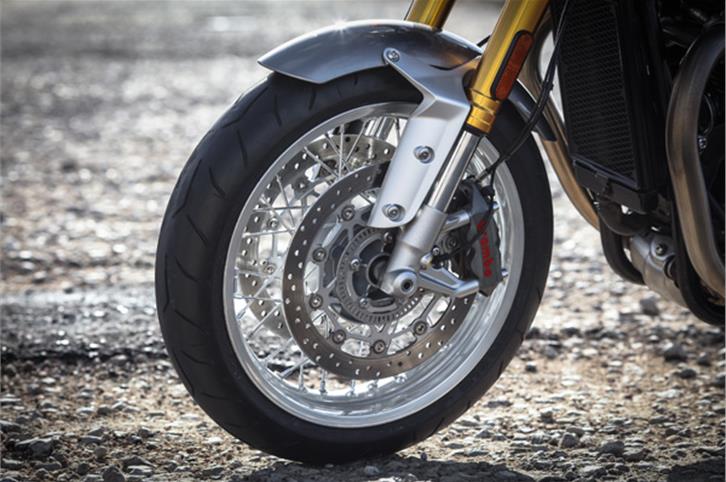
All show and no go?
As we’ve said before, the new Thruxton R is based on the Bonneville T120 (You can read our review of the T120 here), so it now gets the same larger capacity engine. But unlike the T120’s ‘High Torque’ specification, the Thruxton’s motor is designated ‘HP’ for ‘High Power’. Both the motors have the same bore and stroke configuration, but by shaving the head a little bit, the boffins at Triumph have been able to bump the compression up from 10.0:1 to 11.0:1 on the Thruxton. Even the crankshaft and the fly wheel have been lightened, so the crank now has only two-thirds the rotating inertia as compared to that from the T120. In the end, what you get is a motor that not only revs more freely, but goes higher as well (about 500rpm more). Peak power is now bumped up to 96bhp and even peak torque is higher than the T120 with 11.4kgm. All this has made the engine peakier than before (much like a proper sportsbike) and it sounds properly sporty too, thanks to its two upswept reverse cone megaphone exhausts.
On the move, the Thruxton R is a completely different experience from its street-focused cousin. Its motor makes over 10kgm of torque barely past 2,000rpm, so the option to pootle around at slow speeds with quite a bit of ease is completely open. From that point on, as you open the taps, there is a steady increase of torque and between 4,000 and 6,000rpm is when the bike is really hustling. Even though peak power comes in at 6,750rpm, on the street, I found it most comfortable to shift up at about 6,000rpm. Even then, cracking the “ton” (100mph or 160kph) barely takes any time, but honestly, much faster than that without a fairing to cut through the wind just seems unpleasant. In any case, you get the feeling that this isn’t a bike built with top speeds in mind; it’s all about the riding experience. And it’s an experience that’s meant to accommodate a wider spectrum of riders than before. Thanks to ride-by-wire technology, there are three riding modes– Sport, Road, Rain –
that change power delivery without affecting total power output. ‘Sport’ works best on twisting mountain roads or race tracks by offering cracking throttle response, ‘Road’ rubber bands power delivery a bit for a more comfortable ride in traffic, while ‘Rain’ dials down everything a few notches for slippery surfaces. There is traction control as standard too, but it’s the sort of non-interfering system that only cuts in if there’s some serious lack of grip.
Corner carving mayhem
All what the motor does would be for nought if a café racer can’t deliver on what it’s supposed to do best – handling. Just by looking at the pictures, it was clear that Triumph was serious about delivering on this aspect and on the ride, a narrow, twisting hill road going to our coffee stop for the evening was the perfect place to test this out. Apart from the immediately visible components, as David Lopez, Triumph’s chassis engineering guru pointed out, there was a lot of work put into the chassis to deliver the best possible handling package without going out and actually making a modern-day sportsbike. At the front end, the already tightened steering head angle of the T120’s frame was tightened even further to under 23-degrees for the Thruxton, while at the back a new, shorter aluminium swing arm was used to bring the wheelbase down to just 1,415mm. The dual cradle frame is otherwise similar to the T120’s, but the sub-frame assembly was revised to make for a slightly increased seat height of 805mm to assist in the more aggressive riding posture. With all the structural changes, the dry weight has come down from 224kg on the T120 to just 203kg on the Thruxton R.
So with the shorter wheelbase, higher centre of gravity and lower weight, you now get a very nimble bike that just loves to change direction quickly. And its modern day sportsbike suspension,featuring 43mm upside-down big-piston Showa forks at the front and a pair of Ohlins shocks at the back, really keeps the bike planted through the turns. Both front and rear suspension units are fully adjustable too, letting you set up the bike for a variety of riders over a variety of conditions.The cherry on top are the brilliant Pirelli Diablo Rosso Corsa tyres (120/70 ZR17 front and 160/60 ZR17 rear) which really inspire an endless amount of confidence even with ridiculous lean angles. The suspension setup works really well even on some of the bumpy roads and broken tarmac we encountered on the roads around Cascais. The Thruxton R is certainly stiffer than the T120, but it still manages to absorb all that the road throws at it without breaking your back.
Copyright (c) Autocar India. All rights reserved.

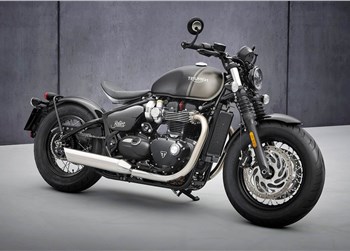

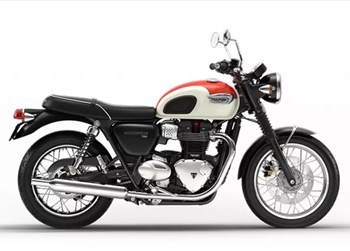
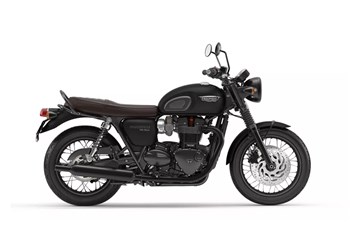

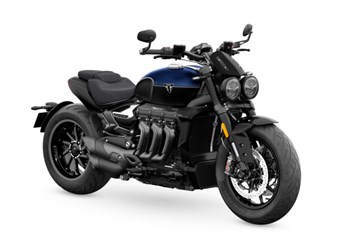
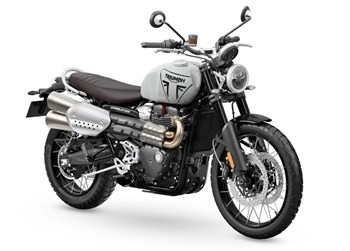

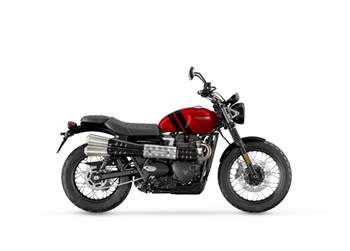
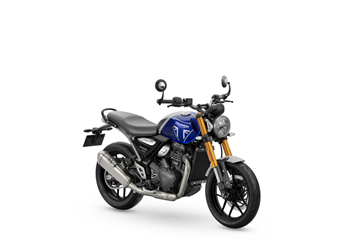
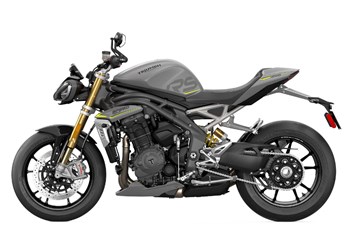

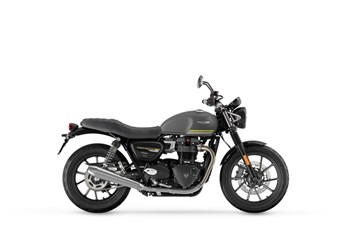
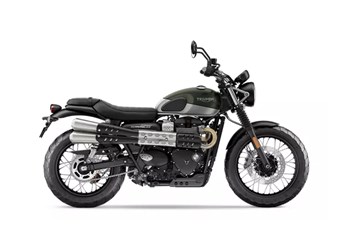
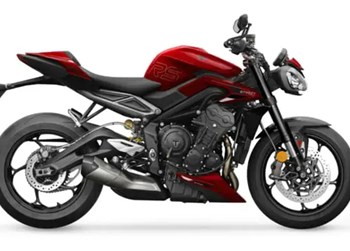
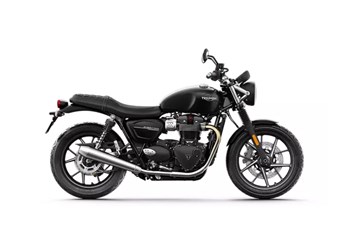
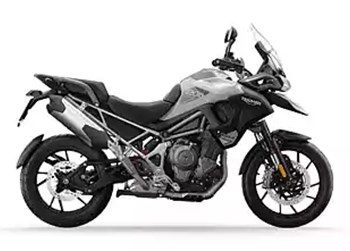

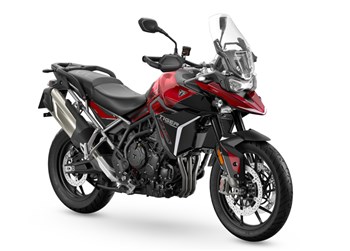
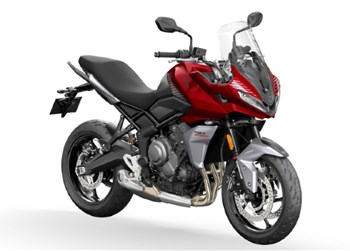
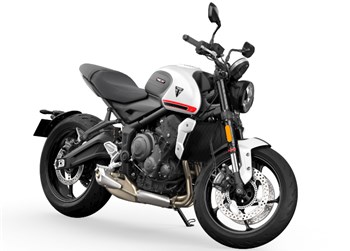



Comments
Member Login
Personal Details
No comments yet. Be the first to comment.